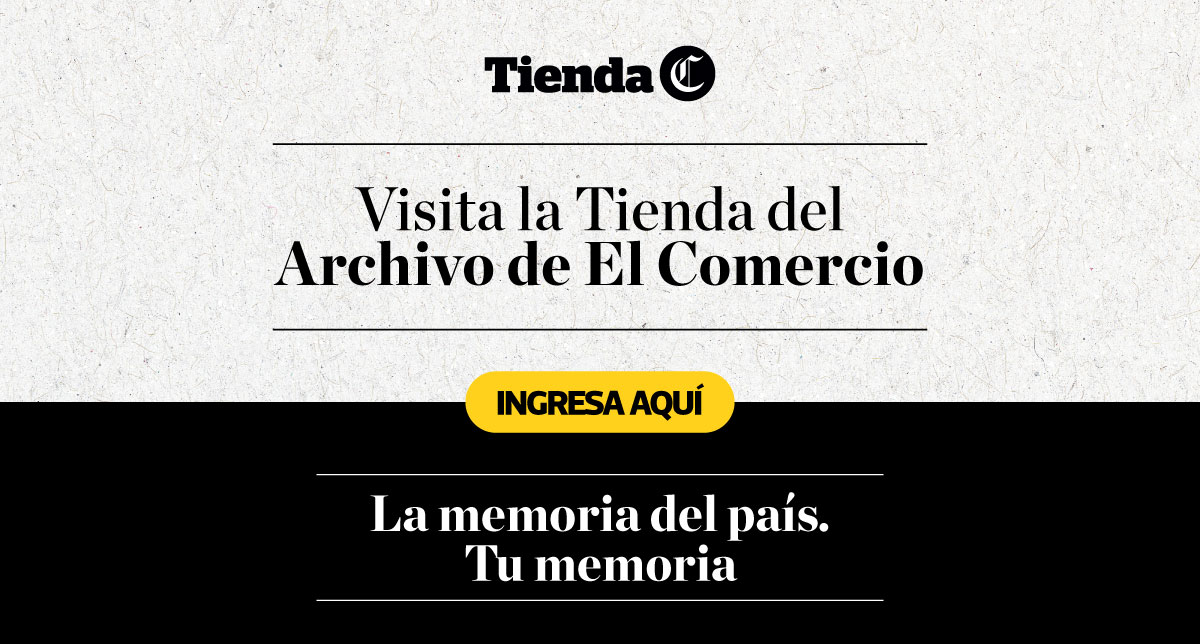The funicular is a vehicle in which the traction is done by means of a rope or cable, generally on rails, but in any case never suspended in the air as is the case with a cable car. A few days ago the project to build one in Miraflores was announced. While its feasibility is discussed, let us remember what the experience of having a funicular in the neighboring district of Barranco was like.
At the end of the 19th century, a funicular operated in Barranco, in the form of a booth that descended and ascended along a rail and reached the baths, in the sea. With capacity for 28 people, its owner was the German engineer Rodolfo Holting.
The young district was 20 years old when the funicular was inaugurated on October 13, 1895. From 7:00 am the trains moved many people from Lima and Chorrillos to that place. At that time the machinist in charge Pedro A. Garbich was sure of the proper functioning of this machine.
At 2:00 pm the upper and lower platforms of the funicular were decorated. The Peruvian flag fluttered alongside flags from various countries. Among colored paper ribbons and other decorations, the first descent to the bathing platform on the beach began with the chronicler of the dean newspaper as a sign of confidence in his safety.
In the days prior to its inauguration, the population was afraid of this locomotion apparatus. As always, the women gave an example of courage by being part of the first tests of its operation.
The big party
The blessing was given by Canon Faustino Méndez, accompanied by Canon Juan Manuel Rodríguez. Sponsors of the act were Miss Angélica Gonzáles y Rivera and Mr. Rospigliosi Vigil, Secretary of the Prefecture of Lima, representing the Prefect who was unable to attend.
After the blessing, the funicular did not stop going down and up full of families, mostly from Lima and Chorrillos. Foods, wines and liquors abounded on the boardwalk, in the bathrooms and in the passage of the ascent to Barranco where people stopped at the grotto of the Virgin of Lourdes.
:quality(75)/cloudfront-us-east-1.images.arcpublishing.com/elcomercio/ILIHD632TVD5TCFONSNQEQET2M.jpg)
The funicular was the meeting point for Lima society that enjoyed the summer months going down to the beach and enjoying carnival parties and social gatherings. In 1927, the funicular, which announced its departure every half hour with a bell, closed forever.
The funicular requires restoration, as its fine wood filigree finishes have deteriorated over time. In addition, it is necessary to completely repair the locomotion system. The lower platform no longer exists.
In the 1990s, the former transportation service was converted into an improvised museum where some exhibitions were held. Although on two occasions the authorities have tried to resume its operation, the residents who live in the Funicular passage and Domeyer and Junín streets have strongly opposed it due to the narrowness of its streets.
It may interest you:

Source: Elcomercio

:quality(75)/cloudfront-us-east-1.images.arcpublishing.com/elcomercio/VFMQHWZ555HI3O3GJIG7OXKB2Y.jpg)





